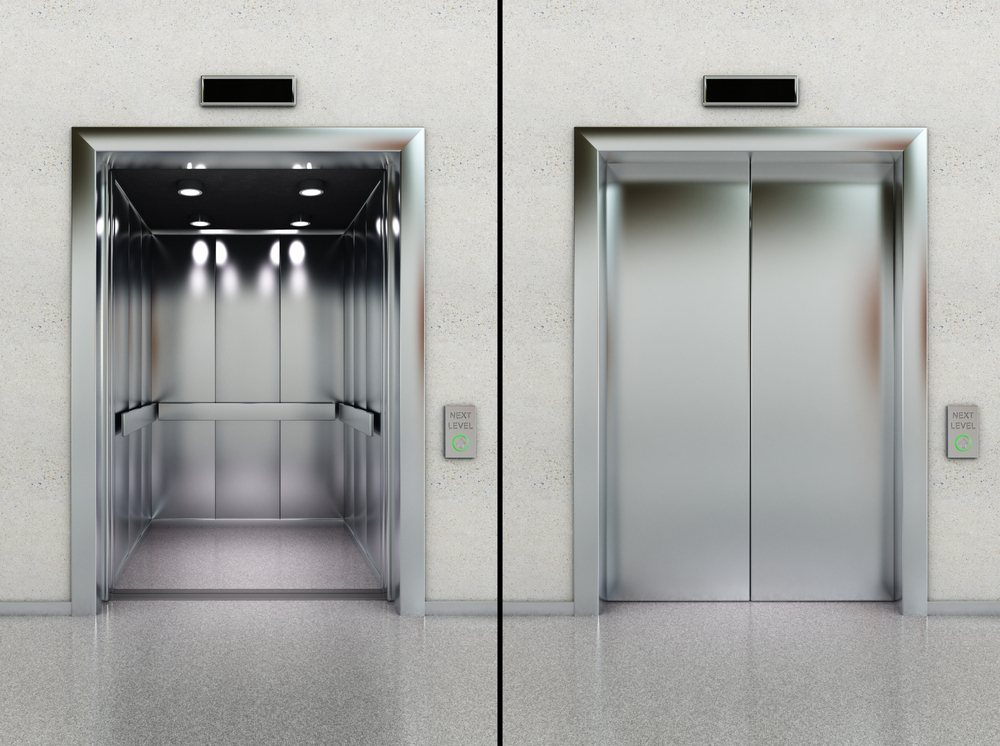London Lift Company: Offering Comprehensive Lift Solutions Across the Capital
London Lift Company: Offering Comprehensive Lift Solutions Across the Capital
Blog Article
Looking Into the Globe of Elevators: Common Concerns Faced by Numerous Lift Mechanisms
As we navigate through the vertical transport systems of modern structures, elevators stand out as a vital part of our daily lives. From hydraulic elevators to traction systems and machine-room-less styles, each lift type comes with its set of common problems.
Hydraulic Lifts
Hydraulic lifts, often chosen for low-rise structures, make use of fluid pressure to control the motion of the elevator cars and truck (lift repair companies). This device involves a hydraulic pump pushing oil into a cylinder, triggering the elevator to relocate the desired direction. While hydraulic lifts are recognized for their quiet and smooth procedure, they do come with their own set of common problems
One widespread issue with hydraulic lifts is oil leak. In addition, problems with the control system, such as defective valves or a malfunctioning pump, can cause disturbances in the lift's activity.
Routine maintenance and prompt fixings are vital to guarantee the smooth functioning of hydraulic lifts. By resolving these typical issues proactively, structure proprietors can minimize downtime and make certain the security and efficiency of their upright transportation system.
Grip Elevators
When thinking about vertical transport systems in buildings, an additional common type apart from hydraulic elevators is the traction lift. Grip elevators run using a system of ropes and weights that relocate the lift automobile by grasping onto the hoist ropes. This mechanism allows for smoother and quicker upright transportation contrasted to hydraulic systems.
Among the typical problems encountered by traction elevators is rope wear. The continuous movement of the ropes within the traction system can cause deterioration over time, potentially causing the elevator to breakdown or become dangerous for use. Normal evaluations and upkeep of the ropes are necessary to ensure the lift's correct functioning and security.
An additional issue that grip lifts may run into is connected to the control system. Troubles with the control system can bring about issues such as erratic movement, hold-ups in reaction times, or also total closures. Regular screening and upkeep of the control system are essential to avoid such issues and make certain the lift's dependability.
Machine-Room-Less (MRL) Lifts

Among the crucial components of MRL lifts is the small gearless traction equipment that is set up within the hoistway. This machine successfully drives the elevator cars and truck without the demand for large tools found in typical traction lifts. Additionally, MRL elevators typically utilize a weight system to stabilize the car, more boosting their energy effectiveness.
Regardless of their advantages, MRL lifts may deal with obstacles associated with repair and maintenance because of the constrained room for equipment her response installment. Accessibility for servicing components within the shaft can be restricted, requiring specialized training for specialists. Appropriate upkeep routines and normal assessments are critical to ensure the continued smooth operation of MRL elevators.
Overloading and Weight Limitation Issues
Overwhelming and weight limitation problems are critical concerns in lift operations. Lift makers style raises with particular weight capacities to guarantee passenger safety and tools durability.
When elevators are overloaded, it puts too much stress on the motor, cables, and various other elements, potentially creating breakdowns or failures. If they detect excess weight, safety and security systems such as sensors and overload sensing units are in location to prevent lifts from moving. In addition, surpassing weight restrictions can cause increased energy intake and deterioration on the elevator system.
To minimize overloading concerns, building managers should plainly display weight restrictions in elevators and inform residents on the value of adhering to these constraints - lift repair companies. Regular maintenance checks by qualified technicians can likewise assist make sure that lifts are operating within risk-free weight criteria. By addressing overloading and weight limitation concerns proactively, building owners can enhance elevator security and effectiveness
Electric System Failings
Going beyond weight limits in lifts can not only cause mechanical concerns but likewise possibly add to electric system failures within the lift infrastructure. Electric system failings are a critical problem in lift procedure, as they can cause unforeseen closures, breakdowns, or perhaps safety and security hazards. One common electrical problem is the getting too hot of parts as a result of extreme present flow triggered by straining the lift past its ability. This can bring about harm to the motor, control, or wiring systems, leading to pricey repair services and downtime.
Moreover, power rises or variations in the electrical supply can also interrupt the elevator's operation, impacting its performance and safety and security. These electric disturbances can damage delicate elevator parts such as control board, circuit card, or sensors, leading to system failings. Routine upkeep and assessments are important to identify and address potential electric problems promptly, making certain the risk-free and efficient procedure of elevator systems. By sticking to weight limits and performing routine electric system checks, building proprietors can reduce the threat of electrical failings in elevators.
Final Thought

Hydraulic lifts, commonly chosen for low-rise structures, utilize fluid stress to manage the movement of the lift automobile.When considering upright transportation systems in structures, another typical type aside from hydraulic lifts is the traction elevator. Grip elevators operate making use of a system of ropes and counterweights that relocate the lift automobile by gripping onto the hoist ropes. Unlike standard lifts that require a different machine area to house the equipment, MRL lifts integrate most of the parts within the shaft, getting rid of the requirement for a dedicated device area.In conclusion, elevators encounter usual issues such as hydraulic malfunctions, traction system failures, visit the site and electric system problems.
Report this page